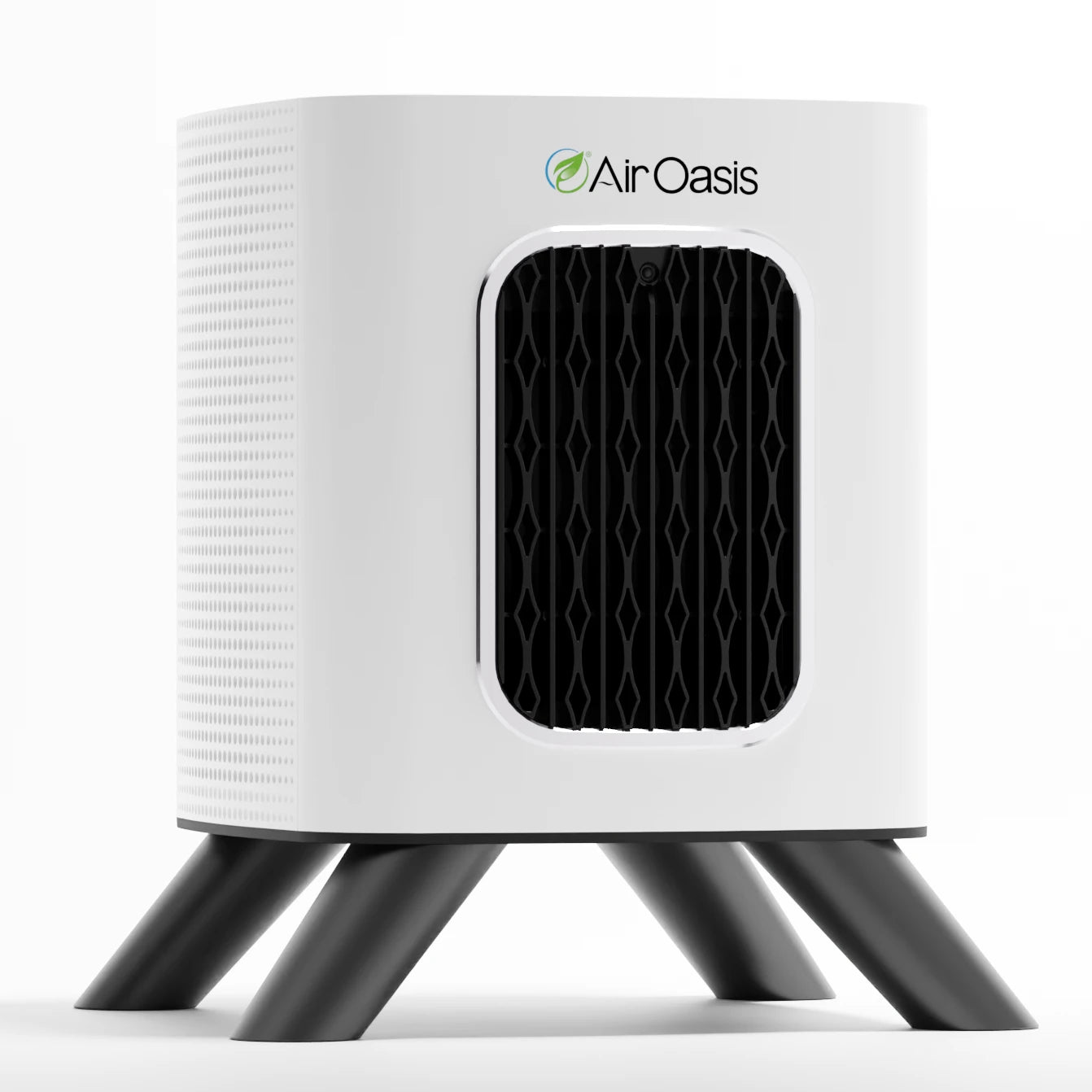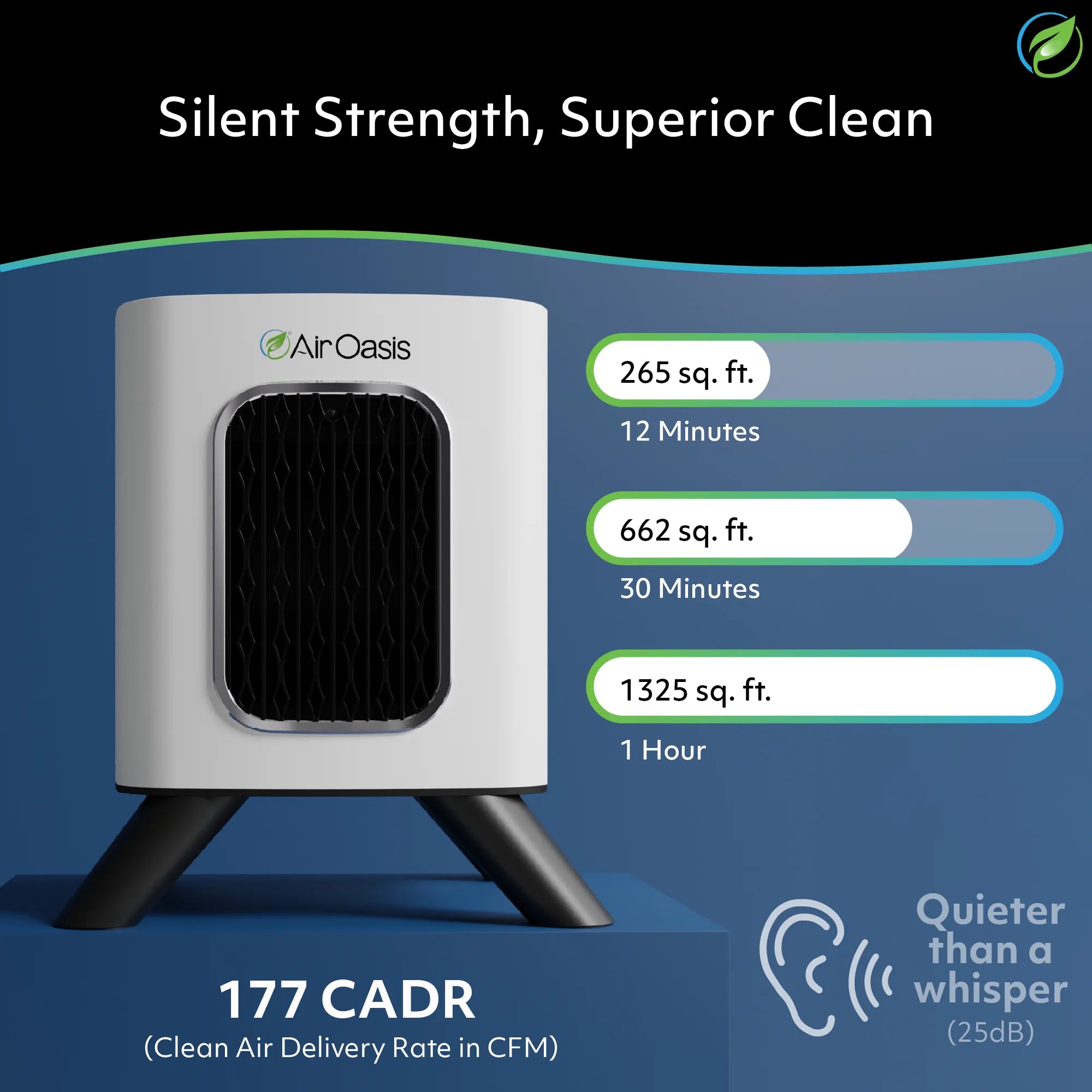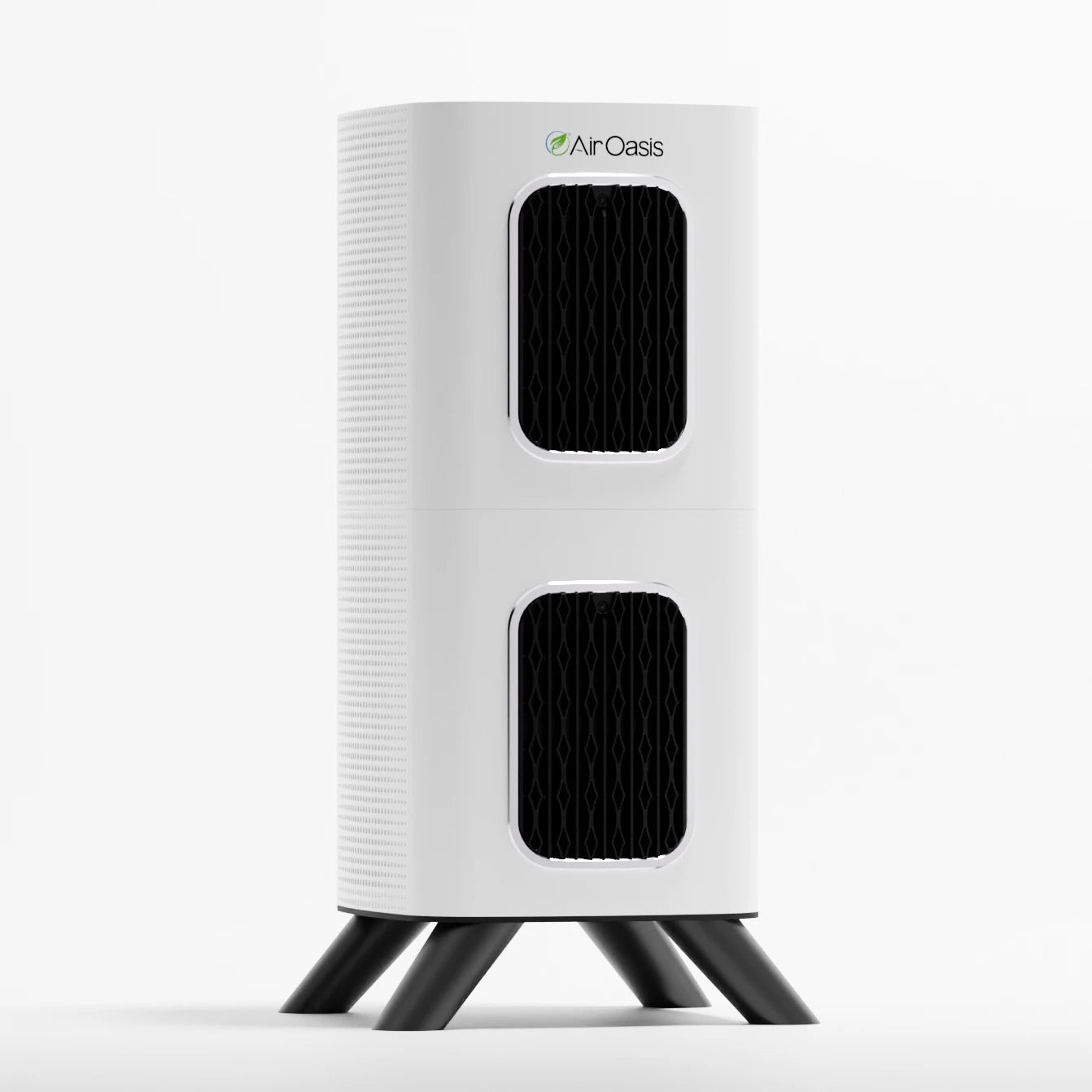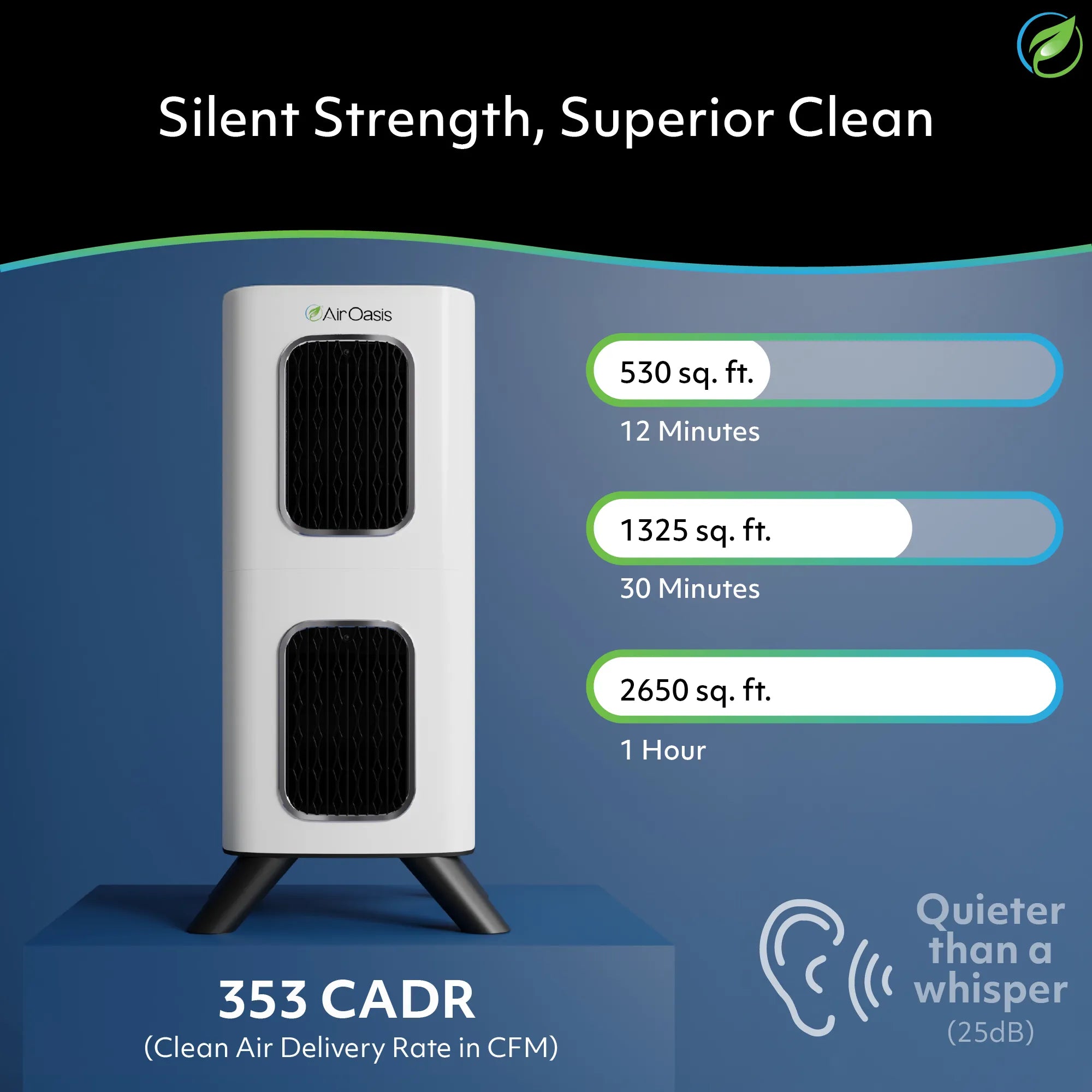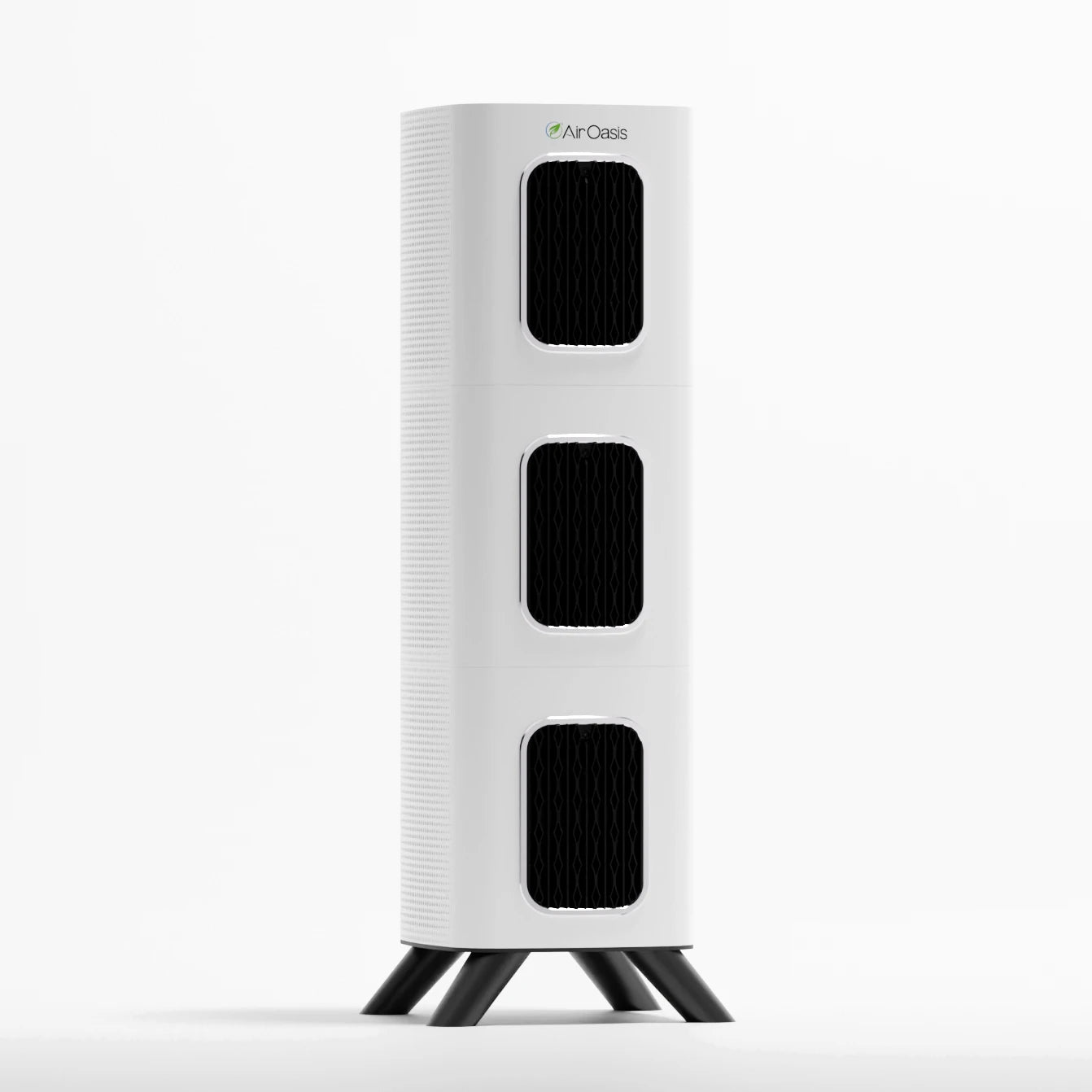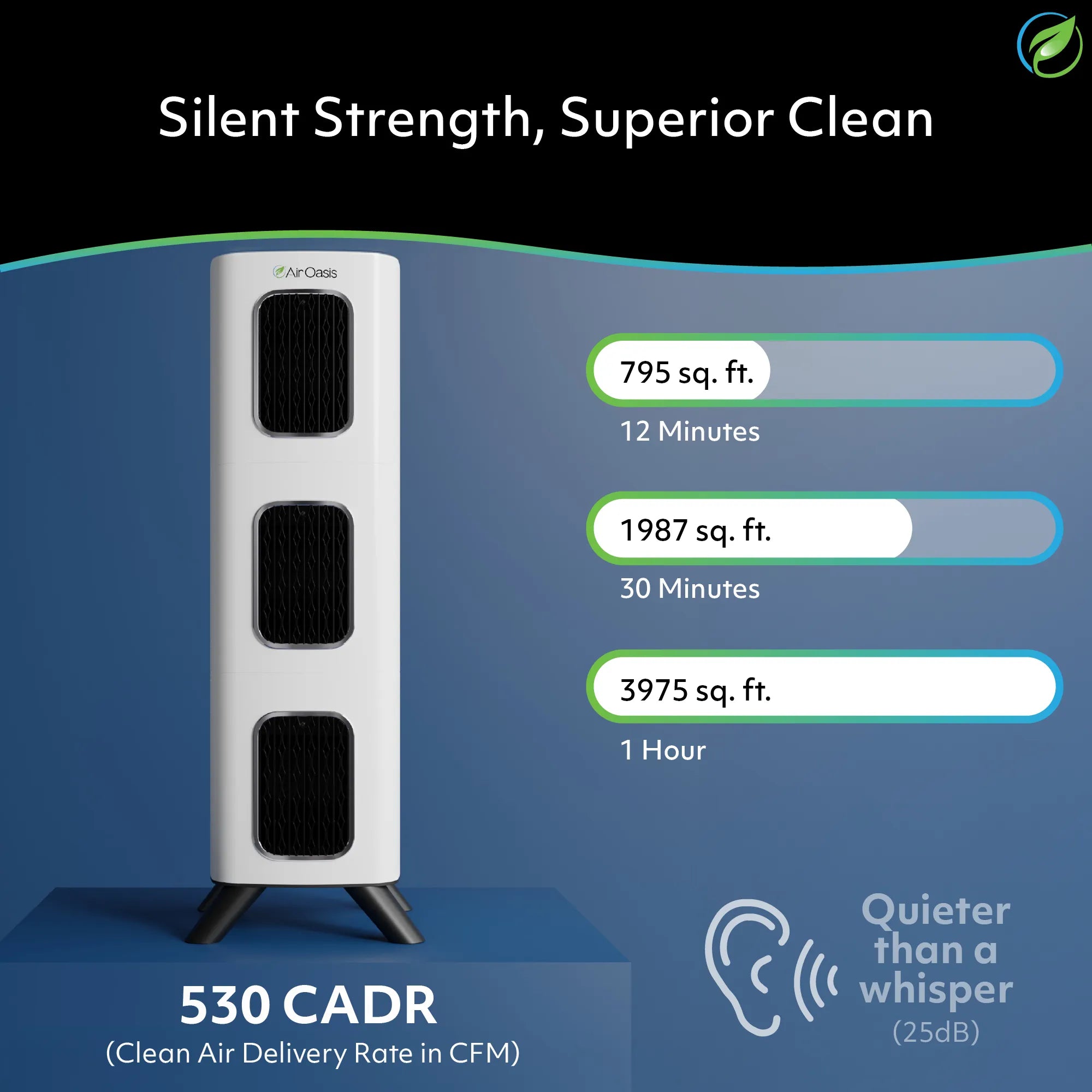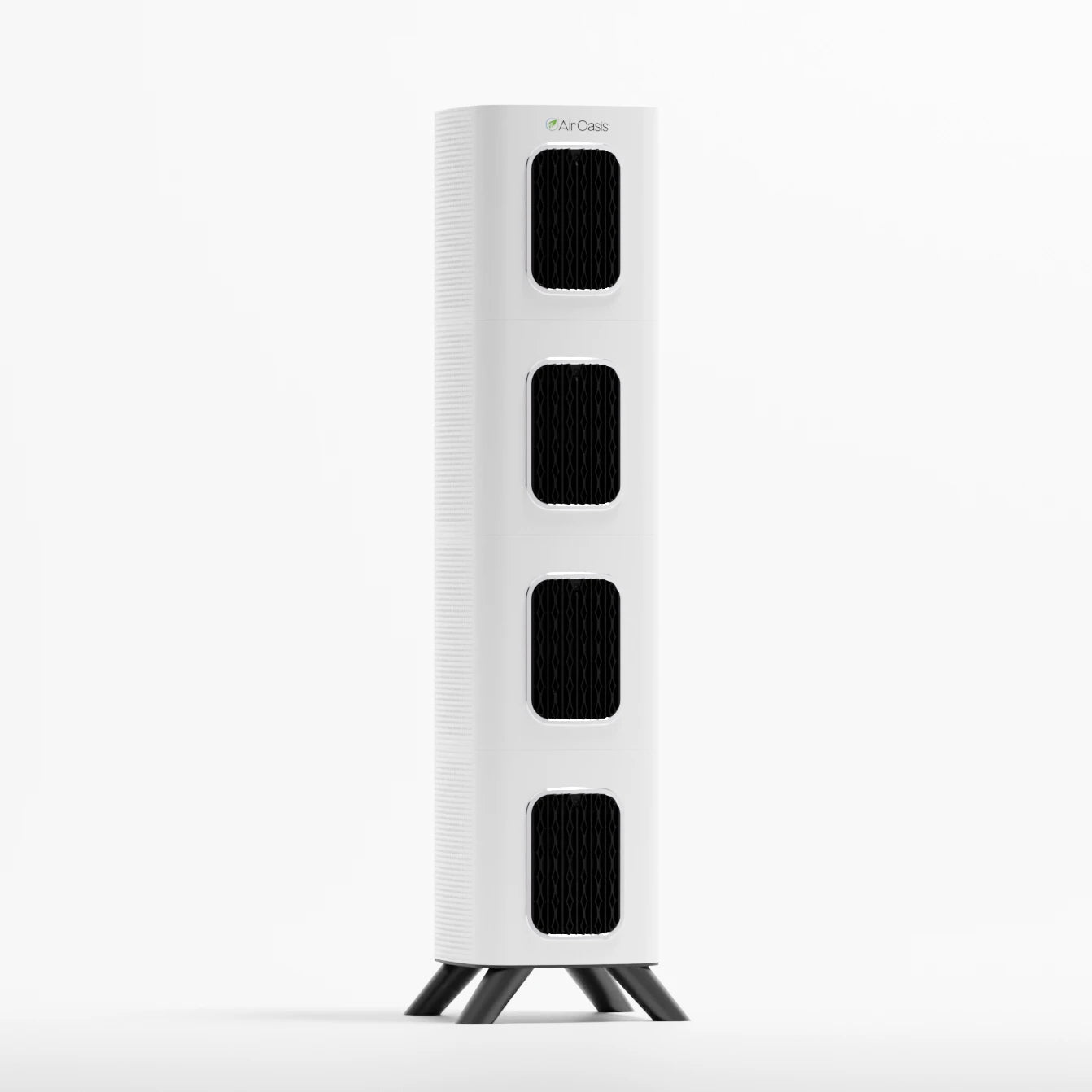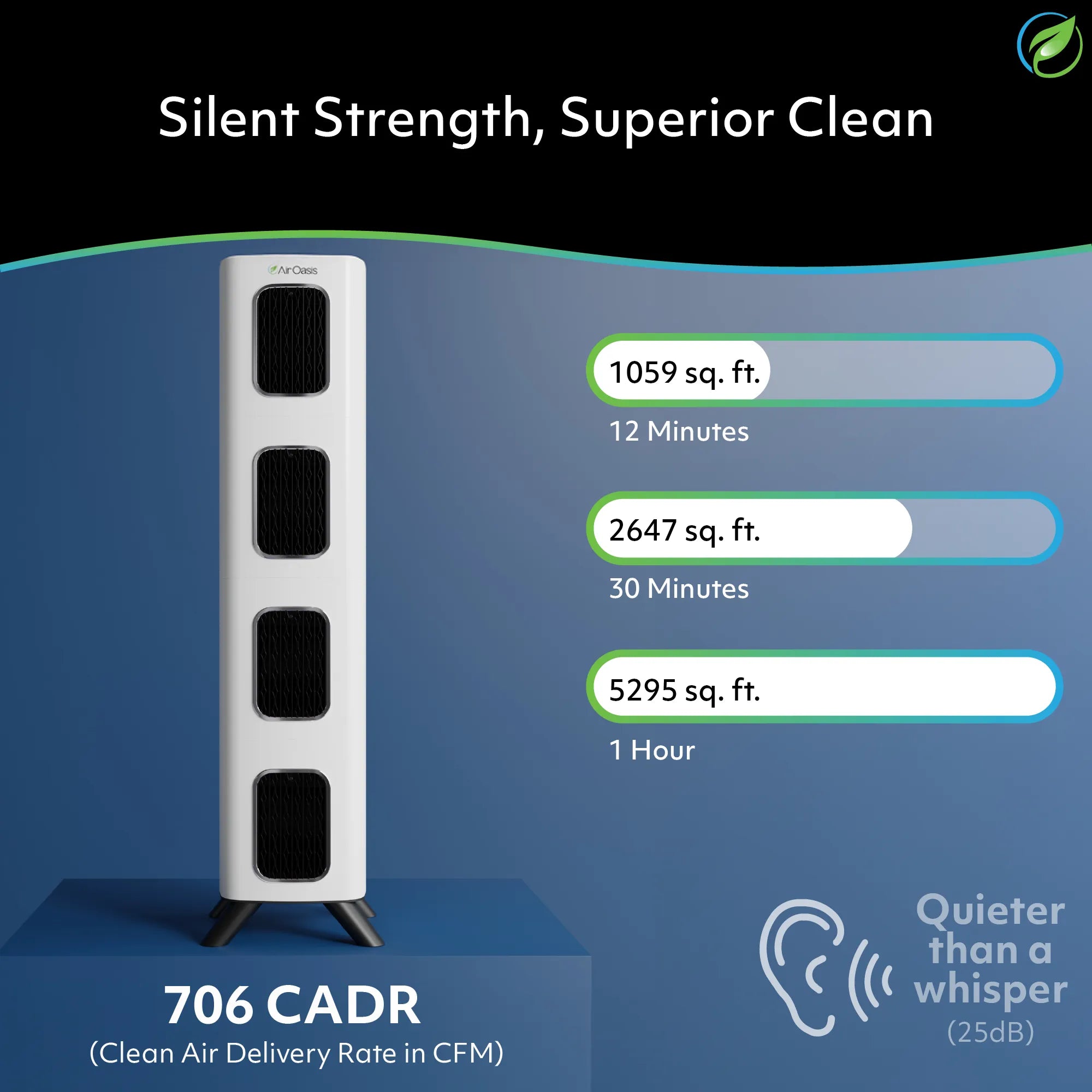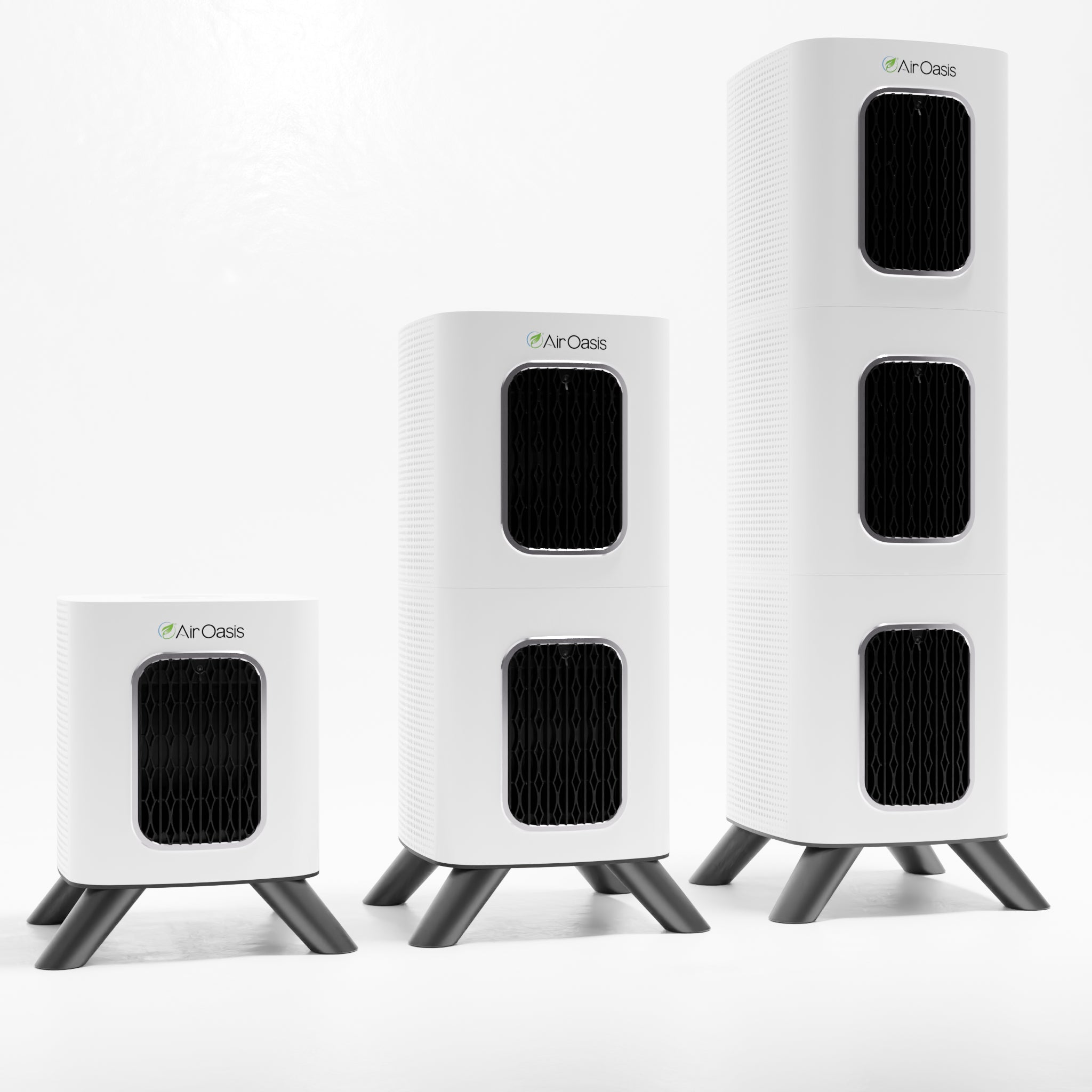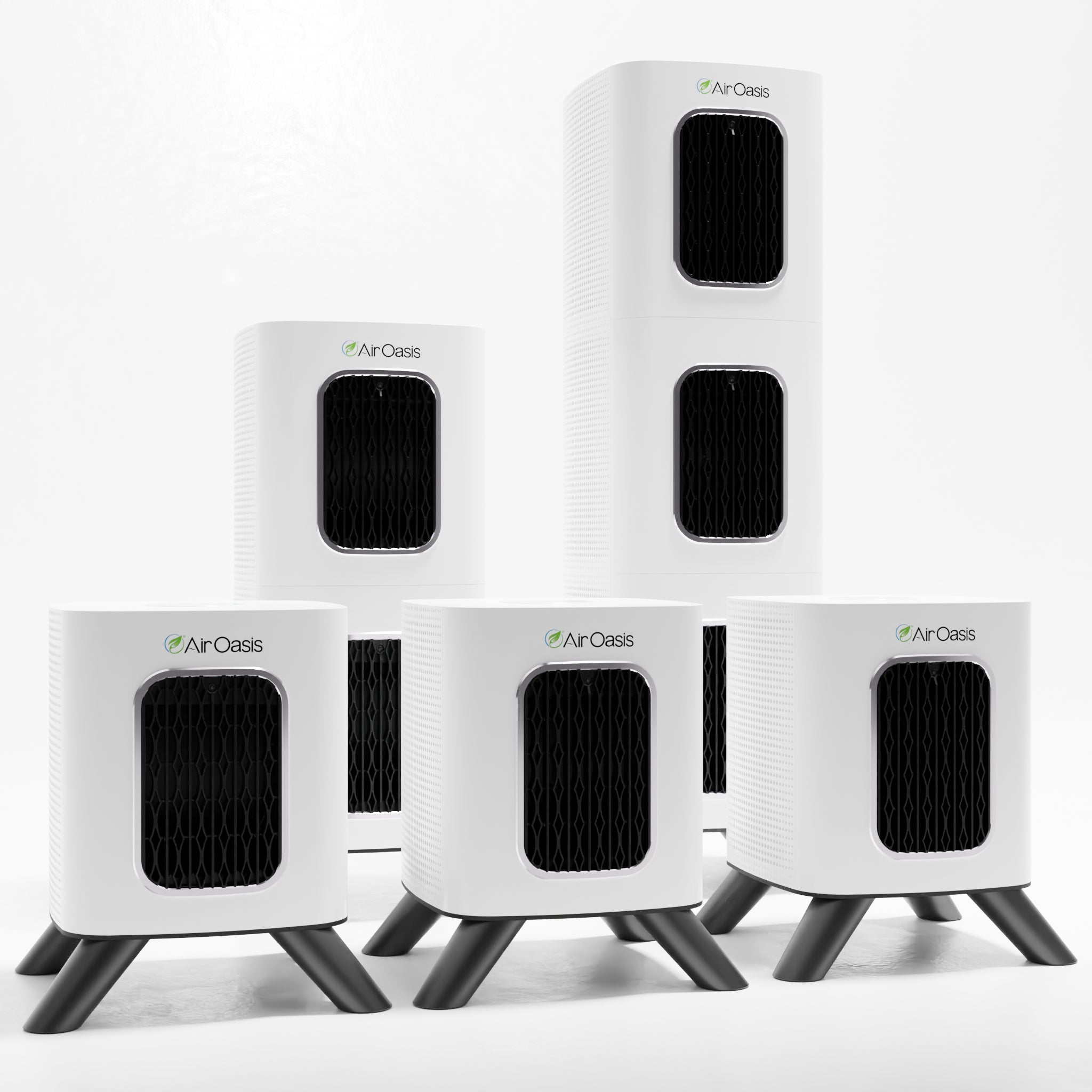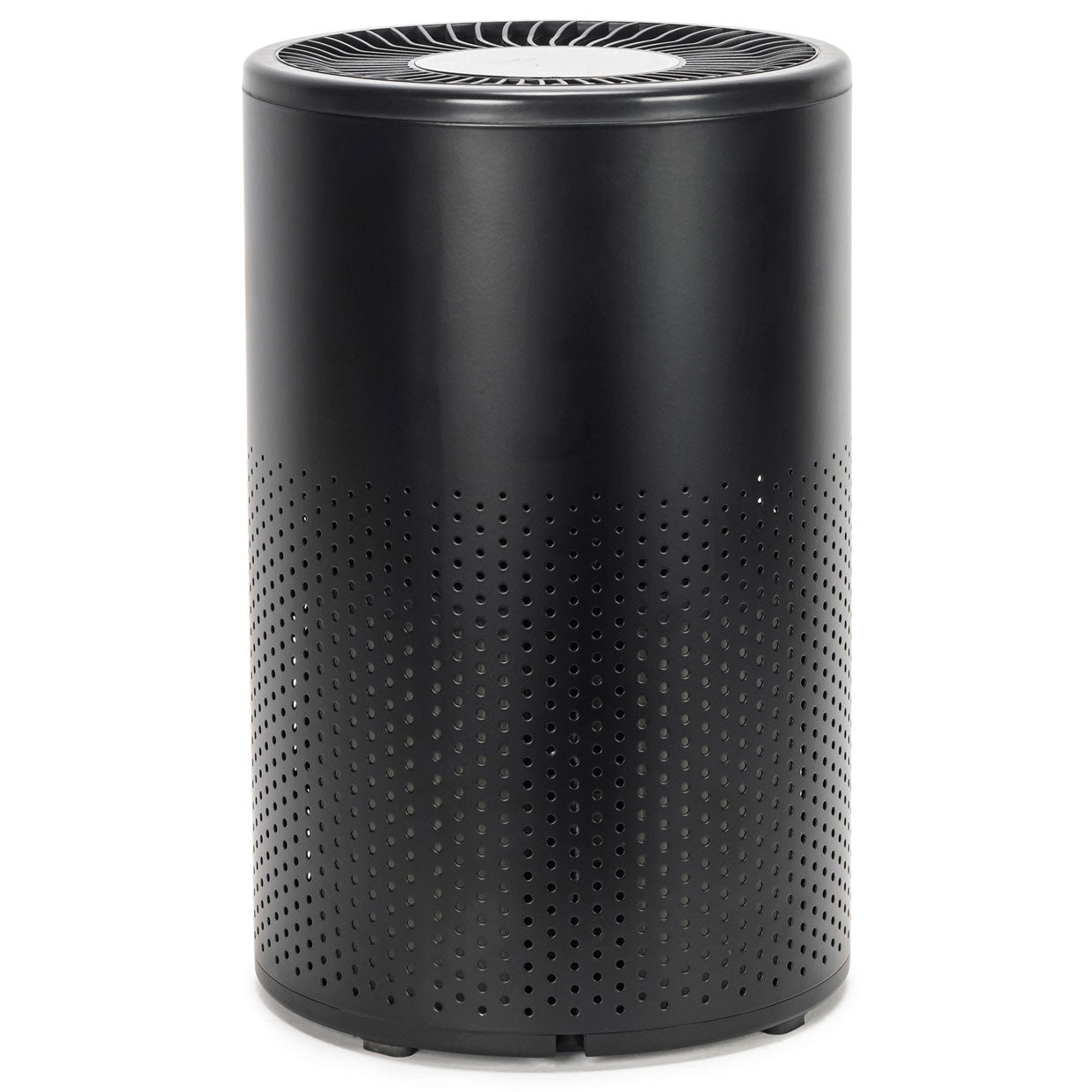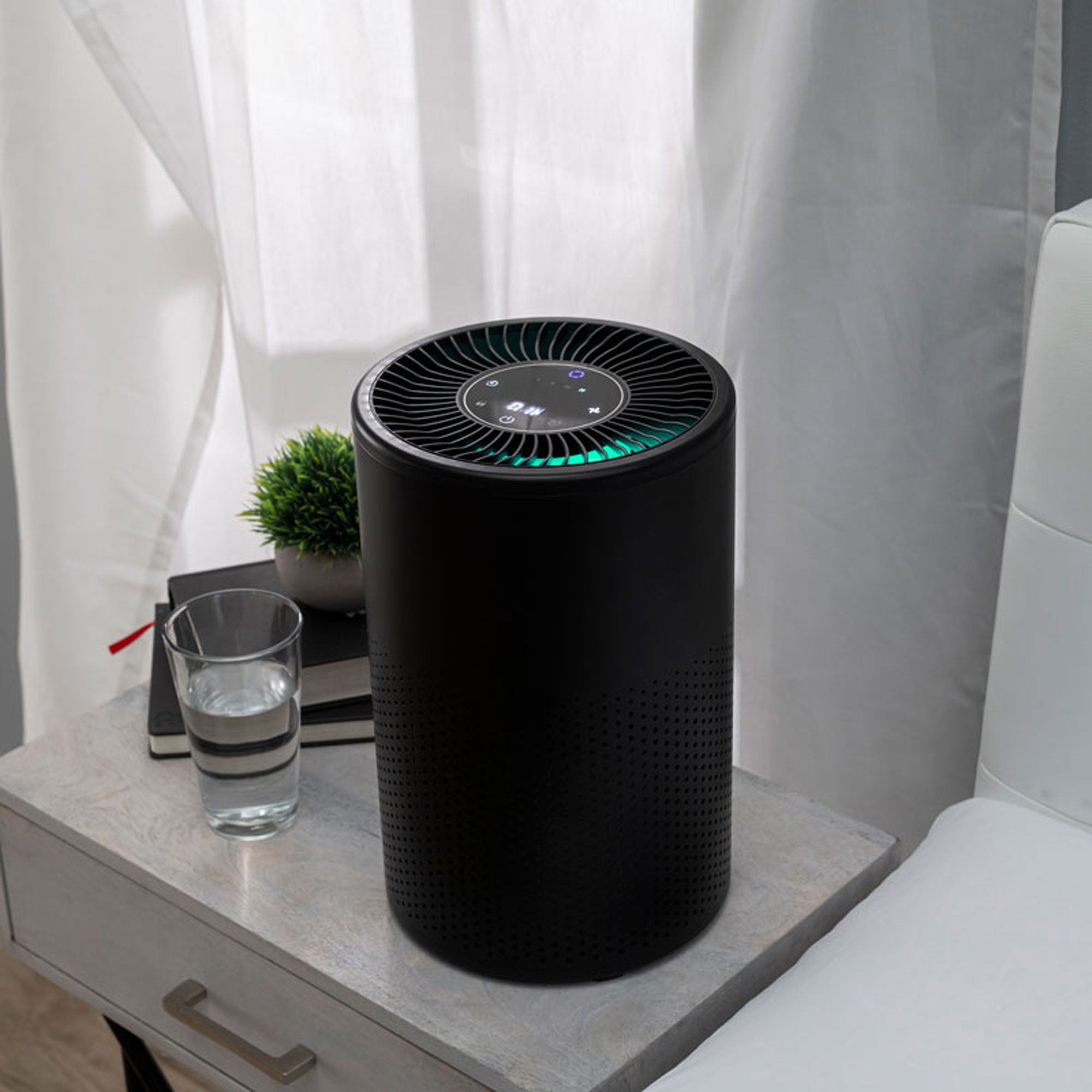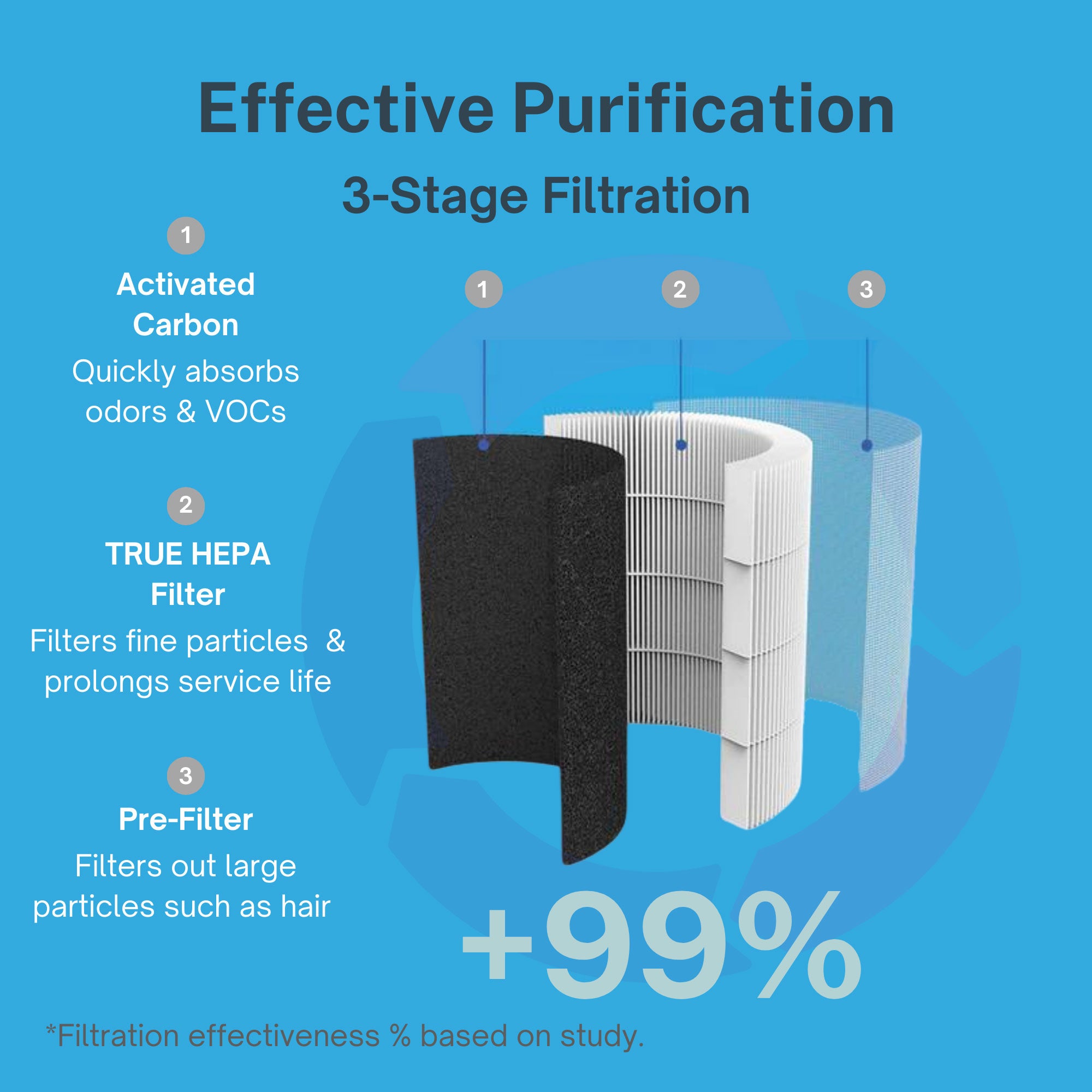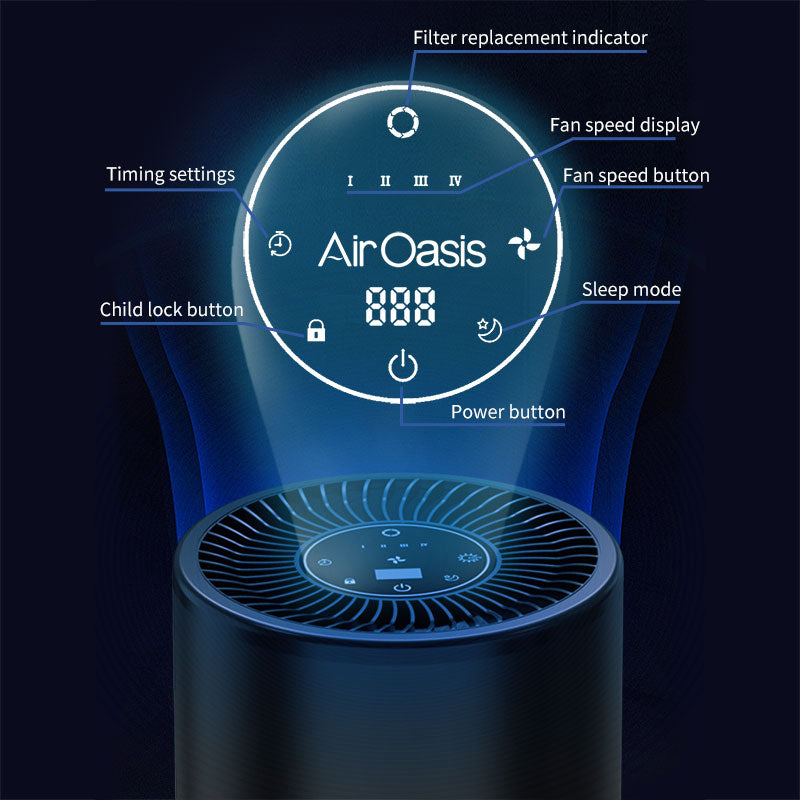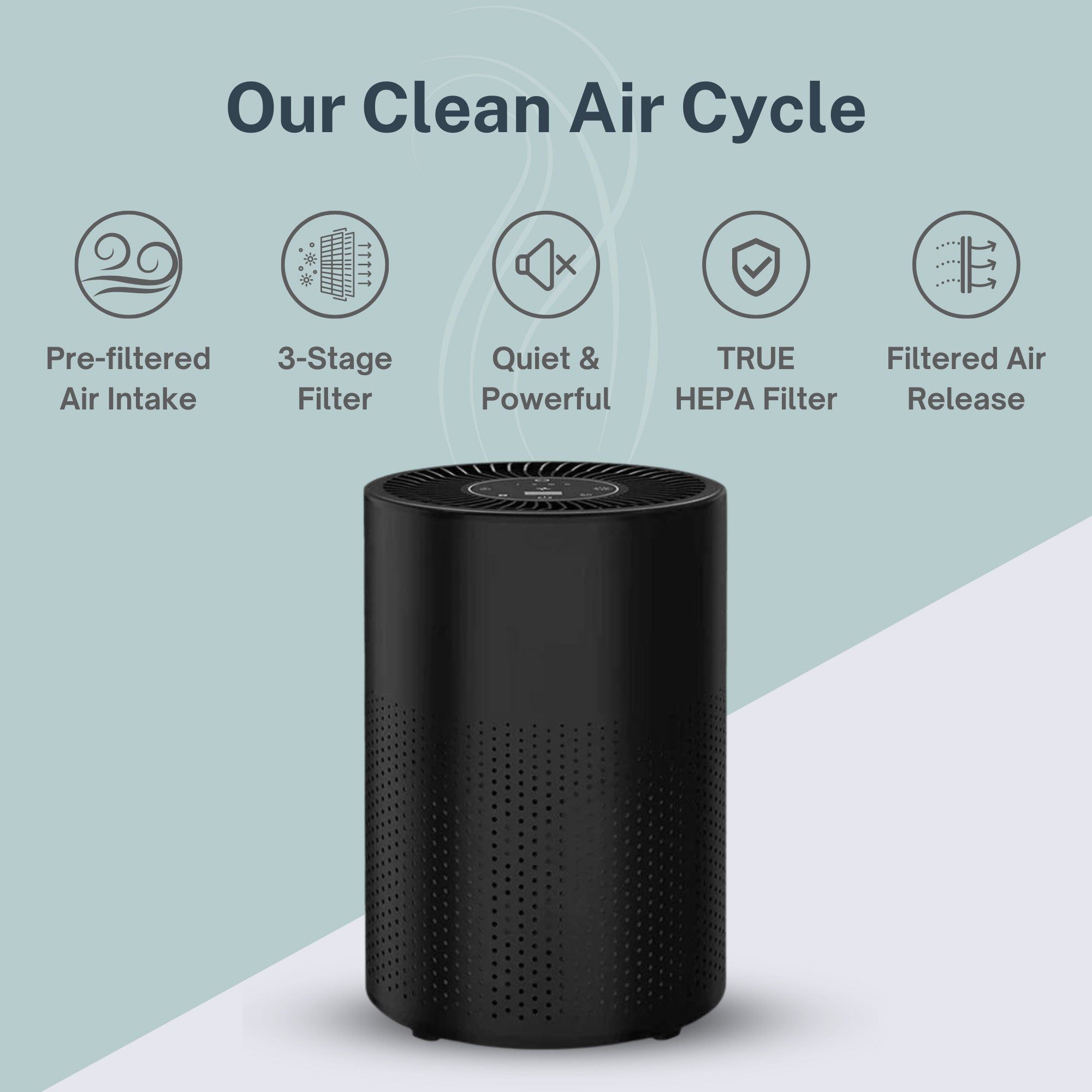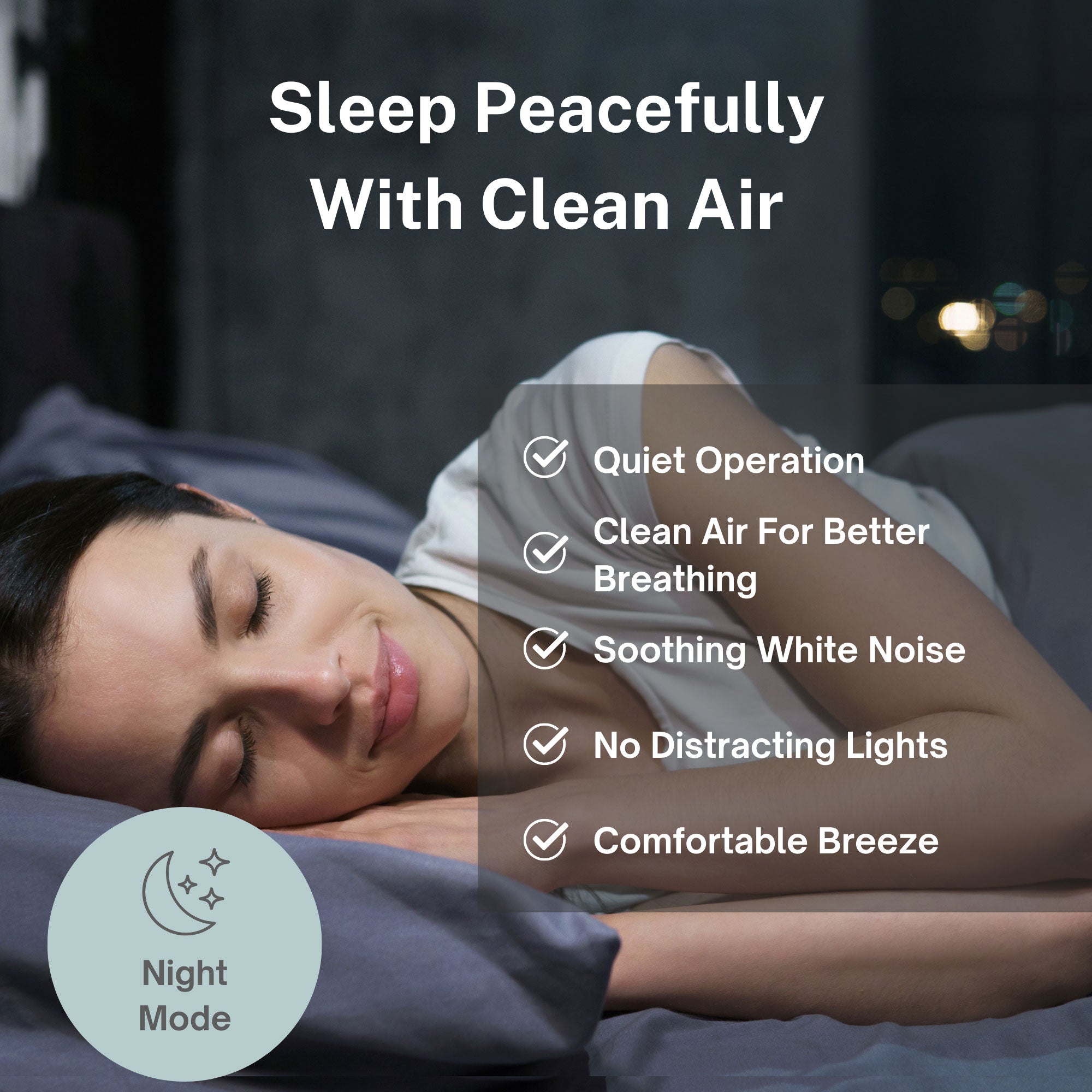Backyard fire pits and outdoor fireplaces have surged in popularity for warmth, recreation, and cooking, but homeowners often overlook the significant air pollution these recreational fires create. Wood smoke contains a complex mixture of gases and fine particles that contribute to air quality problems, especially in metropolitan areas where multiple fires can combine to create dangerous pollution levels affecting entire neighborhoods.
Children, teenagers, older adults, and people with heart or lung conditions including asthma and COPD face particular health risks from fine particle pollution in wood smoke. Understanding how to burn responsibly protects your family's health while being considerate of neighbors who may be more sensitive to smoke exposure.
Wood Smoke Contains Dangerous Fine Particles
Burning wood releases fine particulate matter that penetrates deep into the lungs and enters the bloodstream, causing respiratory irritation and cardiovascular stress. These microscopic particles are small enough to bypass the body's natural defenses and accumulate in lung tissue, creating health risks that extend beyond immediate smoke exposure.
Fine particle pollution from wood smoke can trigger asthma attacks, worsen COPD symptoms, and increase heart disease risks for vulnerable individuals. Even healthy people may experience eye irritation, coughing, and respiratory discomfort when exposed to wood smoke, particularly during windless conditions that trap smoke at ground level.
The health impacts become more severe when multiple neighbors burn fires simultaneously, creating concentrated pollution that affects entire residential areas. Wind patterns can carry smoke considerable distances, exposing people far from the actual fire sources to harmful particle pollution.
Recreational fires can significantly contribute to regional air quality problems, especially during temperature inversions or other weather conditions that trap pollutants close to the ground where people breathe.
Burn Only Seasoned Dry Wood for Cleaner Fires
Seasoned, dry wood burns hotter and cleaner than green or wet wood, producing less smoke and fewer harmful particles. Wood with moisture content around 20% creates optimal burning conditions that minimize pollution while maximizing heat output for your outdoor enjoyment.
Use a moisture meter to test firewood before burning, ensuring you're not adding unnecessary pollution to your neighborhood air. Properly seasoned wood should have been dried for at least six months after cutting, with hardwoods requiring longer drying periods than softwoods.
Cover stacked wood while allowing good airflow for continued drying. Wet wood produces more smoke, burns inefficiently, and creates higher levels of fine particle pollution that affect both your family and neighbors' health.
Never burn green wood, construction waste, plastic, garbage, or yard waste, which create toxic smoke and dangerous air pollutants. These materials release harmful chemicals that pose serious health risks and may violate local air quality regulations.
Consider Weather and Neighbors Before Burning
Check air quality conditions before lighting outdoor fires, avoiding burning during air quality alert days when pollution levels are already elevated. Adding wood smoke to existing poor air quality creates dangerous conditions for sensitive individuals and can push pollution levels beyond health-protective standards.
Wind direction determines where your fire's smoke travels, making neighbor consideration essential for responsible burning. Avoid burning when winds blow smoke toward occupied homes, particularly if neighbors have expressed concerns about smoke exposure or health sensitivities.
Evening and nighttime burns often create more problems because cooler temperatures trap smoke at ground level where it affects nearby homes. Temperature inversions common during certain weather conditions can hold smoke in residential areas for extended periods.
Be especially cautious in regions prone to brush fires, where outdoor burning restrictions may apply during high fire danger periods. Local fire departments often issue burning bans during dry conditions to prevent accidental wildfire ignition.
Cleaner Alternatives Reduce Health Risks
Natural gas and propane fire pits produce significantly fewer harmful air pollutants than wood-burning alternatives while still providing warmth and ambiance for outdoor gatherings. These cleaner-burning fuels eliminate fine particle pollution that affects respiratory health and neighborhood air quality.
Conversion kits available at hearth and patio stores can transform existing wood-burning fire rings and pits to natural gas or propane operation. This retrofit option provides cleaner burning without requiring complete fire pit replacement, making the transition more affordable for homeowners.
Gas and propane fires offer consistent heat output, easier lighting, and simpler cleanup compared to wood fires. These alternatives eliminate the need for wood storage, seasoning, and the mess associated with ash disposal while providing reliable outdoor heating.
Electric outdoor heaters provide another pollution-free alternative for warmth without any combustion emissions. While they may not provide the traditional fire experience, electric options eliminate all air quality concerns.
Local Regulations May Restrict Backyard Burning
Many local governments have adopted ordinances restricting recreational fires to protect public health and air quality. These regulations may include seasonal burning bans, permit requirements, or complete prohibitions in certain areas with air quality concerns.
Check with local fire departments, air quality agencies, and municipal authorities before installing or using outdoor fire features. Regulations vary significantly between communities, with some areas allowing fires only during specific seasons or weather conditions.
Homeowners associations may have additional restrictions beyond government regulations, particularly in densely populated neighborhoods where smoke impacts are more concentrated. Review your HOA covenants before planning outdoor fire installations.
Violation of burning restrictions can result in fines, forced fire extinguishment, and potential liability for health impacts or property damage caused by smoke exposure.
Protect Indoor Air When Neighbors Burn
While you can control your own burning practices, you cannot prevent neighbors from using fire pits that may affect your indoor air quality. Wood smoke infiltrates homes through normal ventilation, windows, and doors, creating indoor air pollution even when fires occur outside.
Standard home air filtration systems cannot adequately remove fine particles and toxic gases from wood smoke that penetrate indoor spaces. Professional air purification technology provides essential protection when neighborhood burning affects your home's air quality.
Families with respiratory sensitivities, young children, or elderly members need comprehensive indoor air quality management during periods of neighborhood burning activity. Closing windows and doors provides minimal protection against fine particle infiltration from outdoor wood smoke.
Make Responsible Choices for Community Health
Backyard fire pits can provide enjoyable outdoor experiences when used responsibly with consideration for air quality impacts and neighbor health. Choosing seasoned wood, monitoring weather conditions, and respecting local regulations demonstrates community-minded burning practices.
However, the healthiest choice for your family and community involves transitioning to cleaner alternatives that eliminate air pollution while maintaining outdoor enjoyment. Gas, propane, or electric options provide warmth and ambiance without the health risks associated with wood smoke.
When neighbors continue burning wood despite air quality concerns, protecting your indoor air becomes essential for maintaining family health. Don't let others' burning choices compromise your home's air quality and your family's respiratory wellness





